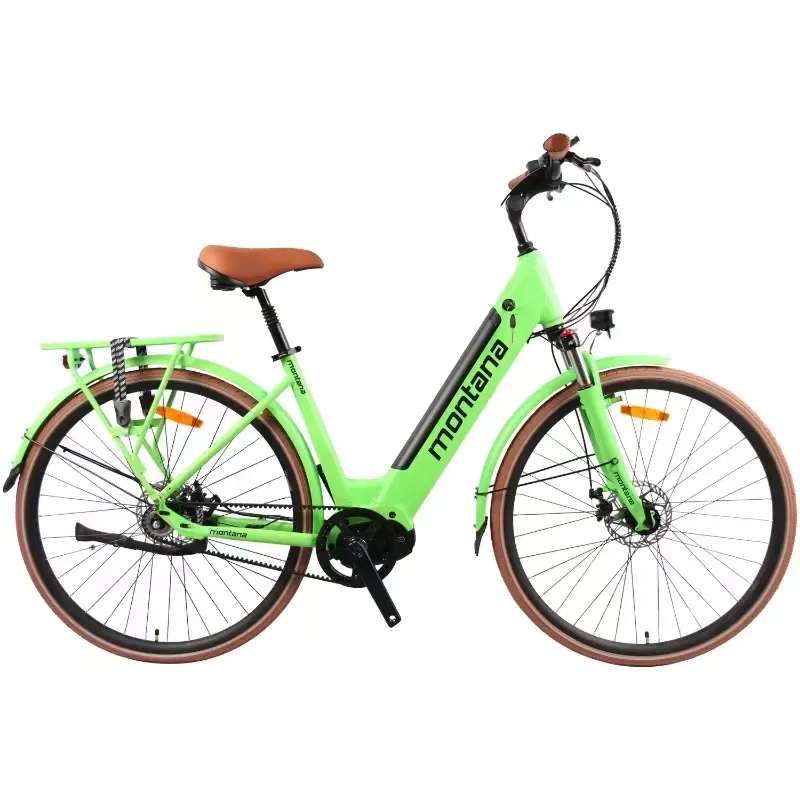
- Afrikaans
- Albanian
- Amharic
- Arabic
- Armenian
- Azerbaijani
- Basque
- Belarusian
- Bengali
- Bosnian
- Bulgarian
- Catalan
- Cebuano
- Corsican
- Croatian
- Czech
- Danish
- Dutch
- English
- Esperanto
- Estonian
- Finnish
- French
- Frisian
- Galician
- Georgian
- German
- Greek
- Gujarati
- Haitian Creole
- hausa
- hawaiian
- Hebrew
- Hindi
- Miao
- Hungarian
- Icelandic
- igbo
- Indonesian
- irish
- Italian
- Japanese
- Javanese
- Kannada
- kazakh
- Khmer
- Rwandese
- Korean
- Kurdish
- Kyrgyz
- Lao
- Latin
- Latvian
- Lithuanian
- Luxembourgish
- Macedonian
- Malgashi
- Malay
- Malayalam
- Maltese
- Maori
- Marathi
- Mongolian
- Myanmar
- Nepali
- Norwegian
- Norwegian
- Occitan
- Pashto
- Persian
- Polish
- Portuguese
- Punjabi
- Romanian
- Russian
- Samoan
- Scottish Gaelic
- Serbian
- Sesotho
- Shona
- Sindhi
- Sinhala
- Slovak
- Slovenian
- Somali
- Spanish
- Sundanese
- Swahili
- Swedish
- Tagalog
- Tajik
- Tamil
- Tatar
- Telugu
- Thai
- Turkish
- Turkmen
- Ukrainian
- Urdu
- Uighur
- Uzbek
- Vietnamese
- Welsh
- Bantu
- Yiddish
- Yoruba
- Zulu
Jan . 14, 2025 12:16 Back to list
29 inch electric bike
Electric bikes capable of reaching speeds of 30 mph have been capturing the attention of cycling enthusiasts and commuters alike. These high-speed e-bikes are transforming the notion of urban transportation, blending the convenience of traditional bicycles with the rapidity typically reserved for motorized vehicles. However, what truly sets these bikes apart is not just their speed, but the remarkable experience they offer.
Consumers’ trust in 30 mph electric bikes is further solidified through rigorous testing and compliance with international safety standards. Manufacturers of these e-bikes often engage in extensive research and development phases to ensure that the final product does not only promise high performance but also guarantees rider safety. The incorporation of advanced safety features such as anti-lock braking systems, intuitive controls, and enhanced stability mechanisms fortifies riders' confidence. Testimonials from seasoned users serve as powerful trust indicators, detailing personal anecdotes of reliability and long-term performance. For those considering the purchase, a 30 mph e-bike represents an investment in both lifestyle enhancement and environmental responsibility. As urban areas continue grappling with traffic challenges and environmental concerns, these e-bikes offer a sustainable mode of transport that doesn’t compromise on speed or convenience. The future of urban transport is undoubtedly leaning towards electrification, and high-speed e-bikes are undeniably at the forefront of this movement. They represent not just a mode of transportation, but a gateway to a new standard of life where efficiency, exhilaration, and eco-consciousness converge. In a world increasingly defined by digital connectivity and boundless speed, the 30 mph electric bike is an emblem of the next generation of personal transport. It stands as a testament to innovation, delivering not just rapid transit but a holistic experience that resonates with modern values of sustainability and efficiency. As the narrative around urban transportation evolves, the unique offering of these e-bikes continues to ride the crest of technological and environmental advancement.


Consumers’ trust in 30 mph electric bikes is further solidified through rigorous testing and compliance with international safety standards. Manufacturers of these e-bikes often engage in extensive research and development phases to ensure that the final product does not only promise high performance but also guarantees rider safety. The incorporation of advanced safety features such as anti-lock braking systems, intuitive controls, and enhanced stability mechanisms fortifies riders' confidence. Testimonials from seasoned users serve as powerful trust indicators, detailing personal anecdotes of reliability and long-term performance. For those considering the purchase, a 30 mph e-bike represents an investment in both lifestyle enhancement and environmental responsibility. As urban areas continue grappling with traffic challenges and environmental concerns, these e-bikes offer a sustainable mode of transport that doesn’t compromise on speed or convenience. The future of urban transport is undoubtedly leaning towards electrification, and high-speed e-bikes are undeniably at the forefront of this movement. They represent not just a mode of transportation, but a gateway to a new standard of life where efficiency, exhilaration, and eco-consciousness converge. In a world increasingly defined by digital connectivity and boundless speed, the 30 mph electric bike is an emblem of the next generation of personal transport. It stands as a testament to innovation, delivering not just rapid transit but a holistic experience that resonates with modern values of sustainability and efficiency. As the narrative around urban transportation evolves, the unique offering of these e-bikes continues to ride the crest of technological and environmental advancement.
Next:
Latest news
-
The Ultimate Kids' Four-Wheeler Experience
NewsJul.09,2025
-
The Ultimate Guide to Mountain Bikes: Gear Up for Your Ride
NewsJul.09,2025
-
The New Age of Cycling: Electric Bikes for Every Rider
NewsJul.09,2025
-
The Best Kids Bicycles: Ride in Style and Safety
NewsJul.09,2025
-
The Best 3-Wheel Scooters for Kids: Fun, Safety, and Adventure
NewsJul.09,2025
-
Revolutionize Your Ride: Affordable Electric Bikes
NewsJul.09,2025
-
Finding the Perfect Mountain Bike for Every Rider
NewsJul.09,2025



